Mike Aquilina, author or editor of more than a dozen books on Catholic history, doctrine, and devotion, talks about his work and blog on the Fathers of the Church (www.fathersofthechurch.com)
A fresh look at the Church Fathers
Mike Aquilina, author or editor of more than a dozen books on Catholic history, doctrine, and devotion, talks about his work and blog on the Fathers of the Church (www.fathersofthechurch.com)
How did you get started in your profession as a writer, broadcaster, and academician in matters of Catholic history, doctrine, and devotion?
From 1983 to 1993 I worked for secular publishing houses. In the late 1980s, I was working in the field of computer technology, and I was on a “press check” at a print shop run by a Catholic publisher. While I was there, I got to know the editors. They asked me to write for their publications. That work led to more work, more invitations from other editors. In 1993 my bishop hired me to edit our diocesan newspaper (in Pittsburgh, Pennsylvania). Since then I’ve been working almost exclusively in the field of Catholic publishing.
We understand that you have started a blog and website dedicated especially to the Fathers of the Church. How did that come about? What made you particularly focus on this branch of Catholic theology?
My interests run to history, especially the early history of the Church, so that’s where I do most of my writing. I’ve written several about the early Christians, the Fathers of the Church, and they’ve sold pretty well. Blogging, however, was my teenage son’s idea, and I resisted it mightily. He persuaded me, though, that it would be an ideal way to bring the works of the Fathers to a wider and younger audience. He also predicted that it would increase my book sales. In April 2006 I agreed, and we launched the blog. He was right on both scores: it was good for sales, and it put me in touch with many fascinating people from around the world — people who are interested in early Christianity. Some are academics, some are professionals, some are teenagers.
The Holy Father during numerous general audiences gave discourses on important figures of the Early Christian Church, including the Church Fathers. Moreover, during the celebration of the Pauline Year, he devoted quite a number of Wednesdays to the figure of Saint Paul. Why do you think did the Holy Father expressly dedicate these weekly audiences to such figures of the Church?
Back in the 1980s, before he was pope, Joseph Ratzinger considered the question of the Fathers’ authority. He concluded that the Fathers fulfilled a providential purpose. It was they who said “Amen” to God’s revelation. Their “yes” was the formation of the biblical canon, the great liturgical families, the hierarchical structure of the church, and the disciplines of Christian life. Thus, their historical period was of great importance. The Catechism says that they are “always timely witnesses” to the Church’s tradition.
Pope Benedict is also an experienced teacher, and he knows that the ancient world casts a spell on modern minds. People are fascinated by Christian antiquity. That’s why there’s so much interest in The Da Vinci Code, and the Gospel of Judas, and the alleged tomb of Jesus’ family. Antiquity is attractive, appealing, and it always has been. Savvy marketers know that, and so do savvy teachers like the pope.
Do you think that there exist some similarities between the Christians of the primitive Church and those of today?
Without a doubt. The early Christians lived in a pagan world that was tired, debauched, wealthy and self-indulgent, given to violent entertainment, abusive of women, averse to children and family. But, as the second-century Letter to Diognetus points out, the Christians didn’t withdraw from the world. They didn’t segregate themselves in their own cities. They didn’t speak their own separate language or dress in a distinctive way. They were an invisible leaven in society. Sometimes they were persecuted for their beliefs, but they loved their persecutors nonetheless. And they survived.
More than that, they purified the culture. They converted that world from within. It took three centuries, but the Christians lived in hope that it would happen. We should learn from them. We should imitate their love, their persistence, their lack of ostentation, their optimism and hope.
Do you think that the example of the Early Christians should be spread among the young people today?
Yes. The Fathers had enormous success in youth and young-adult ministry. Many of the early martyrs were teens, as were many of the Christians who took to the desert for the solitary life. There’s ample evidence that a disproportionate number of conversions, too, came from the young and youngish age groups.
How did the Fathers do it? They made wild promises. They promised young people great things, like persecution, lower social status, public ridicule, severely limited employment opportunities, frequent fasting, a high risk of jail and torture, and maybe, just maybe, an early, violent death at the hands of their pagan rulers.
The Fathers looked young people in the eye and called them to live purely in the midst of a pornographic culture. They looked at some young men and women and boldly told them they had a calling to virginity. And it worked. Even the pagans noticed how well it worked.
What made the Church attractive in the third century can make it just as attractive in the twenty-first. In the ancient world and in ours, young people want a challenge. They want to love with their whole being. They’re willing to do things the hard way — if people they respect make the big demands. These are distinguishing marks of youth.
More information at www.mikeaquilina.com.


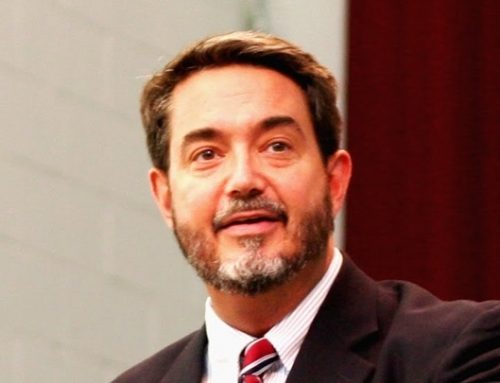
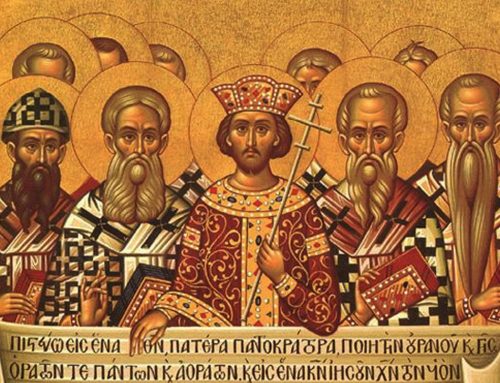
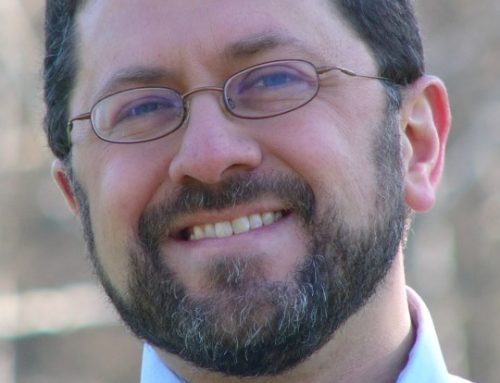
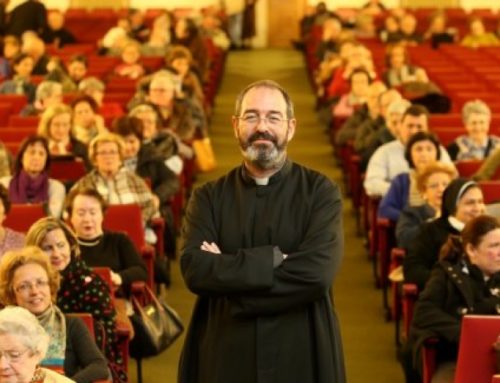
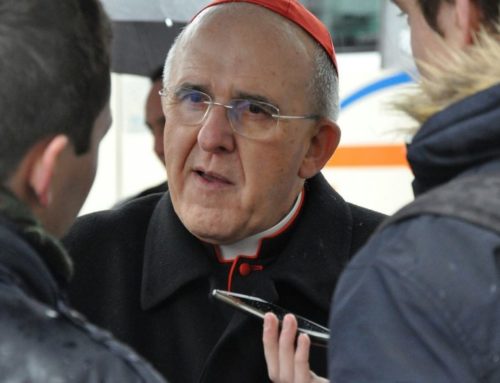
Leave A Comment
You must be logged in to post a comment.